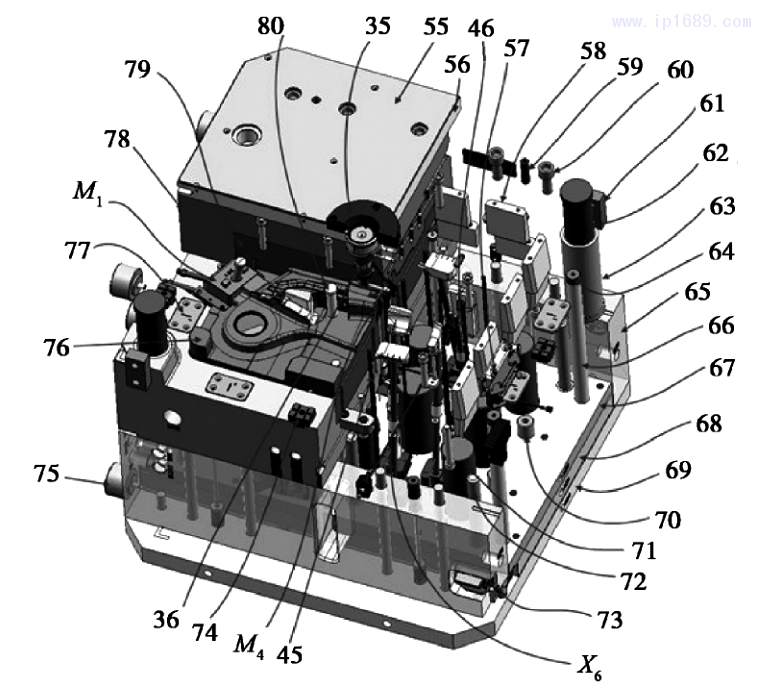
Which parts of the mold consist of:
In addition to the mold itself, it also needs a mold base, a mold base, and a mold core to cause the part to be ejected. These parts are generally made of universal type.
Mold :
1. Various molds and tools used in industrial production to obtain the required products by methods such as injection molding, blow molding, extrusion, die-casting or forging molding, smelting, and stamping. In short, a mold is a tool used to make molded objects. This tool is composed of various parts, and different molds are composed of different parts. It mainly realizes the processing of the shape of the article through the change of the physical state of the formed material. Known as the “Mother of Industry”.
2. Under the action of external force, the blank becomes a tool with a specific shape and size. It is widely used in punching, die forging, cold heading, extrusion, powder metallurgy parts pressing, pressure casting, and the forming and processing of engineering plastics, rubber, ceramics and other products by compression molding or injection molding. The mold has a specific contour or inner cavity shape, and the contour shape with a cutting edge can be used to separate the blank according to the contour shape (punching). The shape of the inner cavity can be used to obtain the corresponding three-dimensional shape of the blank. The mold generally includes two parts: a movable mold and a fixed mold (or a convex mold and a concave mold), which can be separated or combined. The parts are taken out when they are separated, and the blanks are injected into the mold cavity to form when they are closed. The mold is a precision tool with a complex shape and can withstand the expansion force of the blank. It has high requirements for structural strength, rigidity, surface hardness, surface roughness and processing accuracy. The development level of mold production is one of the important signs of the level of mechanical manufacturing.
【Mold Classification】
According to the different molding materials: hardware molds, plastic molds, and their special molds.
1. Hardware molds are divided into: including stamping molds (such as blanking molds, bending molds, deep drawing molds, turning molds, shrinkage molds, undulating molds, bulging molds, plastic molds, etc.), forging molds (such as forging molds) , Upsetting die, etc.), extrusion die, extrusion die, die-casting die, forging die, etc.;
2. Non-metallic molds are divided into: plastic molds and inorganic non-metallic molds. According to the different materials of the mold itself, the mold can be divided into: sand mold, metal mold, vacuum mold, paraffin mold and so on. Among them, with the rapid development of polymer plastics, plastic molds are closely related to people’s lives. Plastic molds can generally be divided into: injection molding molds, extrusion molding molds, gas-assisted molding molds, and so on.
Post time: Jul-20-2021
